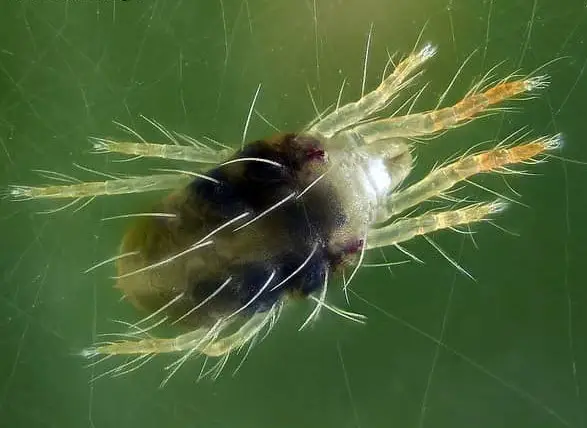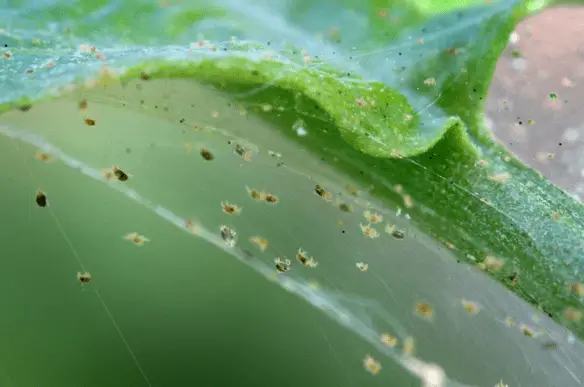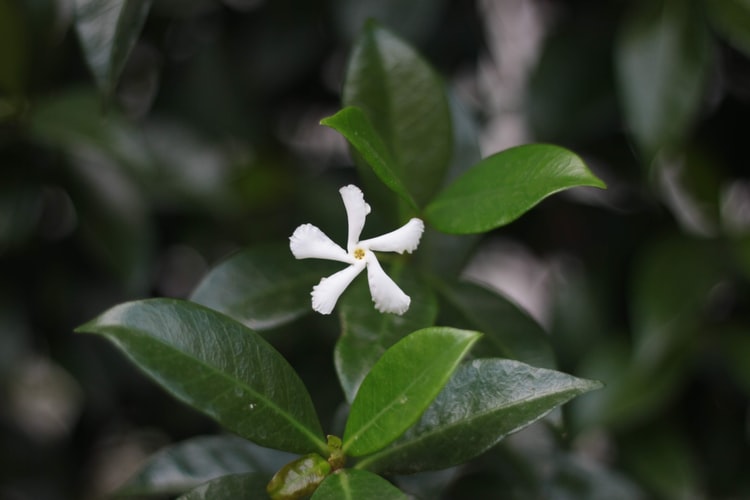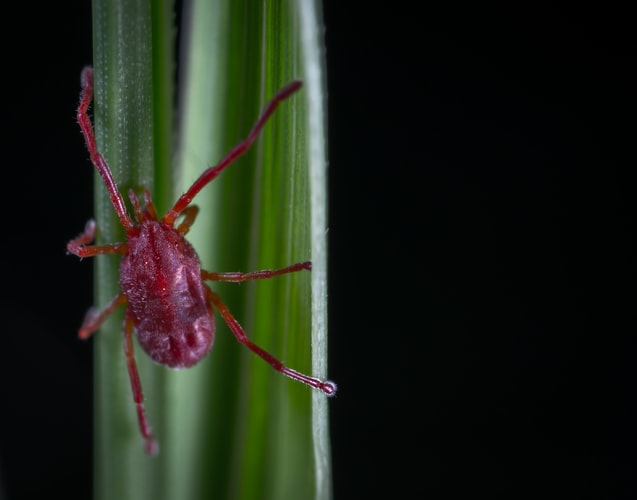Healthy soil produced a healthy harvest. Any plant or tree on this plant needs specific nutrients in order to grow and produce. It is not that common to see people with gardens know what their trees need.
From my experience, the majority of the time when people notice something strange about their plants or trees, they directly assume that it is the doing of insects or water problems. Especially when they notice a change of color of the leaves. They link it to water stress. Zinc deficiency is often very obvious to detect.
However, its symptoms are very similar to iron deficiency (iron chlorosis), and manganese deficiency.
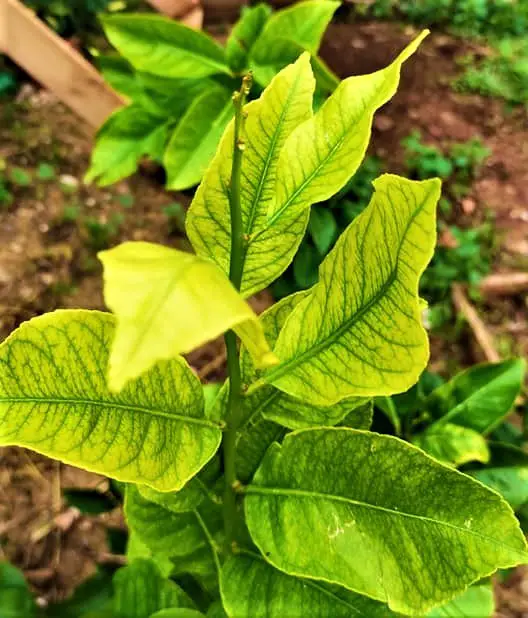
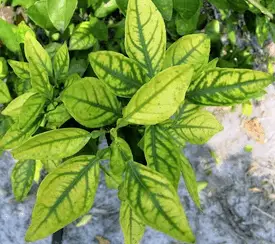
Credit: Mongi Zekri, UF/IFAS
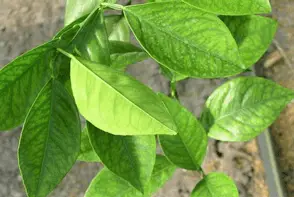
Credit: Mongi Zekri, UF/IFAS
What is Zinc Deficiency
In some regions such as Florida, zinc deficiency is called “rosette” or “drenching”. Trees need all types of minerals for healthy growth including zinc (Zn), iron (Fe), manganese (Mn), and boron (B). Especially for citrus trees (lemon, orange, and grapefruit trees.) Zinc deficiency is the most common deficiency amongst citrus trees.
This deficiency will result in slow growth and few to non-existent harvests. That is because zinc deficiency will interrupt the chlorophyll process. Unlike some other nutrients, zinc deficiency can happen in acidic or alkaline soil. However, it tends to occur severely in alkaline soils.
Why Zinc is Necessary for Citrus Trees
All of the nutrients have specific different roles in growing a healthy plant. Zinc is one important nutrient that trees and plants cannot grow without. It contributes to the enzyme system to regulate different metabolic activities within plants. It also regulates the equilibrium between water carbon dioxide and carbonic acid. its contribution to the enzyme system gives it a huge role in protein metabolism.
Additionally, zinc is considered significant in increasing the harvest of grown citrus trees. That is because it protects the leaves from going pale or yellow and keeps them green. This function will help with chlorophyll and the photosynthesis process. Zinc forms auxins which are essential for plant body development.
Not to forget, this nutrient aids the plants to absorb water better.
Zinc Deficiency Symptoms
To identify zinc deficiency in citrus trees, the symptoms will show on the leaves. You will notice that the new small leaves growing are yellow and not as green. The foliage will also have an abnormal narrow appearance.
At first, it appears in small yellow spots, as the tree grows, these spots expand to cover the whole leaf except for the green veinal areas (mottled leaves.)
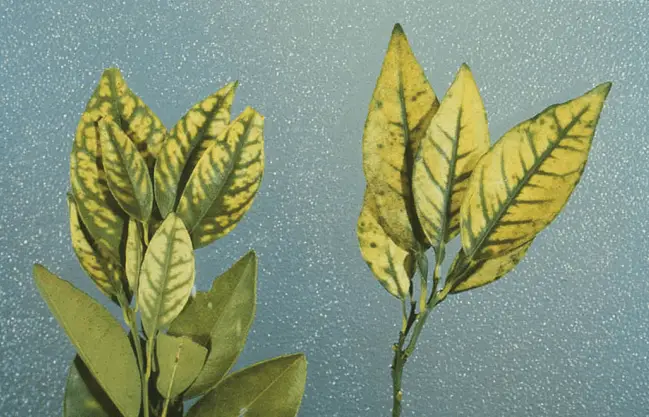
In its early stages, zinc deficiency resembles iron deficiency and manganese deficiency. The size and shape of the will remain the same. However, the mottled areas will start to develop a pale green color instead of bright yellow spots. The small yellow patches cover the larger lateral veins. The more they develop, they become progressively smaller.
Furthermore, zinc deficiency shows on twigs, as they become thinner and weaker. Then, the twigs die back and you will start to notice that your tree will start to have an intense and heavy growth in the center and an empty dead-looking appearance across its periphery, this makes the tree looks very bushy.
This deficiency affects the production of the fruits as well. Your fruits will have less juice and will have a longer shape as they become noticeably smaller than they used to. The zinc deficiency will lead the fruits to have a smooth surface and be very light in color.
Under severe conditions, the foliage will be relatively small with narrow pointed tips
Related article: What is Citrus Anthracnose, Causes, Symptoms, Treatment (Brown leaf spot)
NOTE
- Citrus trees with blight have the same symptoms of zinc deficiency.
- In very severe cases, zinc deficiency symptoms can alter the symptoms of other deficiencies or disorders.
- Zinc, iron, and manganese deficiencies are almost similar in appearance. you need to be very careful and detailed in the diagnosing process. Or, in case of doubt, you can always call a professional to examine your tree.
- Your citrus tree may witness a combination of zinc and manganese deficiencies at the same time. This can be treated with a special spray that will target both deficiencies.
Conclusion
To conclude, every gardener needs to pay attention to what their trees and plants are going through. One of the most common ways for trees to show us that they are screaming for help when they suffer from different deficiencies is in the leaves.
For that reason, checking the newborn leaves once in while on your tree can never hurt anyone. Early diagnosis is always better than late diagnosis.

